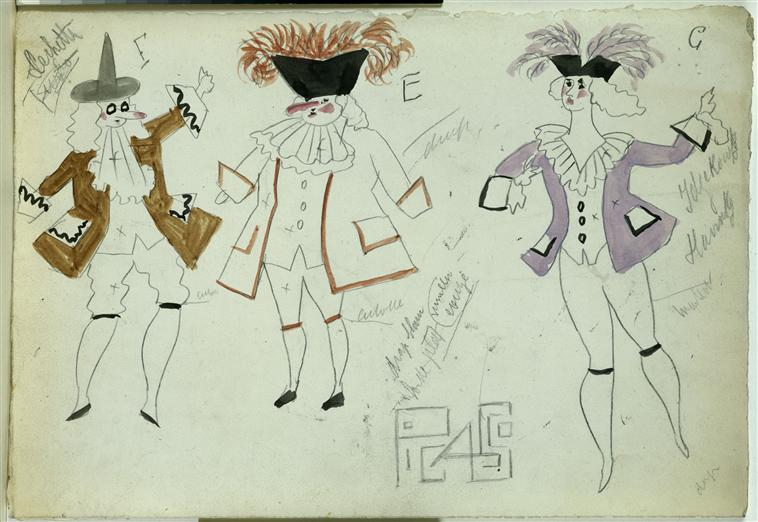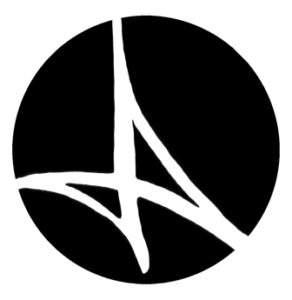RE:IMAGINE – PULCINELLA

With our next RE:Imagine concert which explores the music of Venice just round the corner, we decided to take a look below the surface of this fascinating and beguiling city. We start with the piece that closes our concert, Stravinsky’s re-imagining of Pergolesi’s comedy Pulcinella…
Ballets Russes
In 1919, the great ballet impresario Sergei Diaghilev commissioned Stravinsky to create a new work based on music which was believed to be by Pergolesi (it has since transpired that most of it was written by other composers, but published under Pergolesi’s name to sell more copies), including the music for the popular Neapolitan Commedia dell’arte story of Pulcinella, a lecherous, hook-nosed man, always out to deceive others. Stravinsky was at first reluctant to accept the commission having, only seven years before, provoked audiences into riots with his ballet The Rite of Spring, and feeling that this commission was a step away from his more experimental style. However, after studying the scores, Stravinsky found himself drawn to the music and set about rewriting it in his own style, keeping the original melodies, but adding new, modern rhythms and harmonies. Pulcinella opened to great acclaim in 1920 with sets and costumes designed by Pablo Picasso, and it also proved a turning point for Stravinsky, heralding his neo-classical phase, in which he took inspiration from works of the past. He described Pulcinella as “the epiphany through which the whole of my late work became possible”.

Commedia dell’arte
The original story of Pulcinella dates back to the practice of Commedia dell’arte in early 18th century Naples, where Pulcinella represented a poor Neapolitan worker. The Commedia dell’arte actors would dress in stylised costumes and masks and perform highly exaggerated characters in partially improvised scenarios based on current events and scandals; these very ornamented caricatures are thought to have been based on the masks and costumes worn during the Venice carnival. Pulcinella wears a dark mask with a hooked, beak-like nose, speaks in squawks, and is always looking to deceive those around him; which inspired his full name, Pulcinella Cetrulo, meaning ‘stupid little chicken’. He is also frequently seen carrying a stick which he uses on other characters, being beaten by the characters around him, and generally getting up to no good.
Pulcinella has found himself taking on various forms all over Europe. Stravinsky, as well as his ballet Pulcinella, based his ballet Petrushka on Pulcinella’s Russian counterpart; and it is not hard to see the parallels between this hook-nosed, stick-wielding troublemaker and childhood seaside favourite Mr Punch.

Stravinsky’s ballet tells the story of Pulcinella and his friends as they chase after women without much success and stage an elaborate ploy to get Pulcinella’s girlfriend Pimpinella to forgive his indiscretions. Their ploy works, and Pulcinella and Pimpinella are reunited, while Pulcinella’s friends finally marry their sweethearts.
Join us at Southwark Cathedral on 14 October and re-imagine the music of Venice, and why not also come along to our wine tasting event with the founder of Amelia’s Wine, Amelia Singer, who has crafted a very special tasting session inspired by the evening’s programme.
We look forward to seeing you there!
Venice: Darkness to Light
Wednesday 14 October 2015, 7.30pm
Southwark Cathedral, London
Tickets £25, £15, £5* (*restricted view)
£5 tickets available for students and 16-25s (pre-register at www.cls.co.uk/cls-fiver) Box Office / 020 7377 1362



